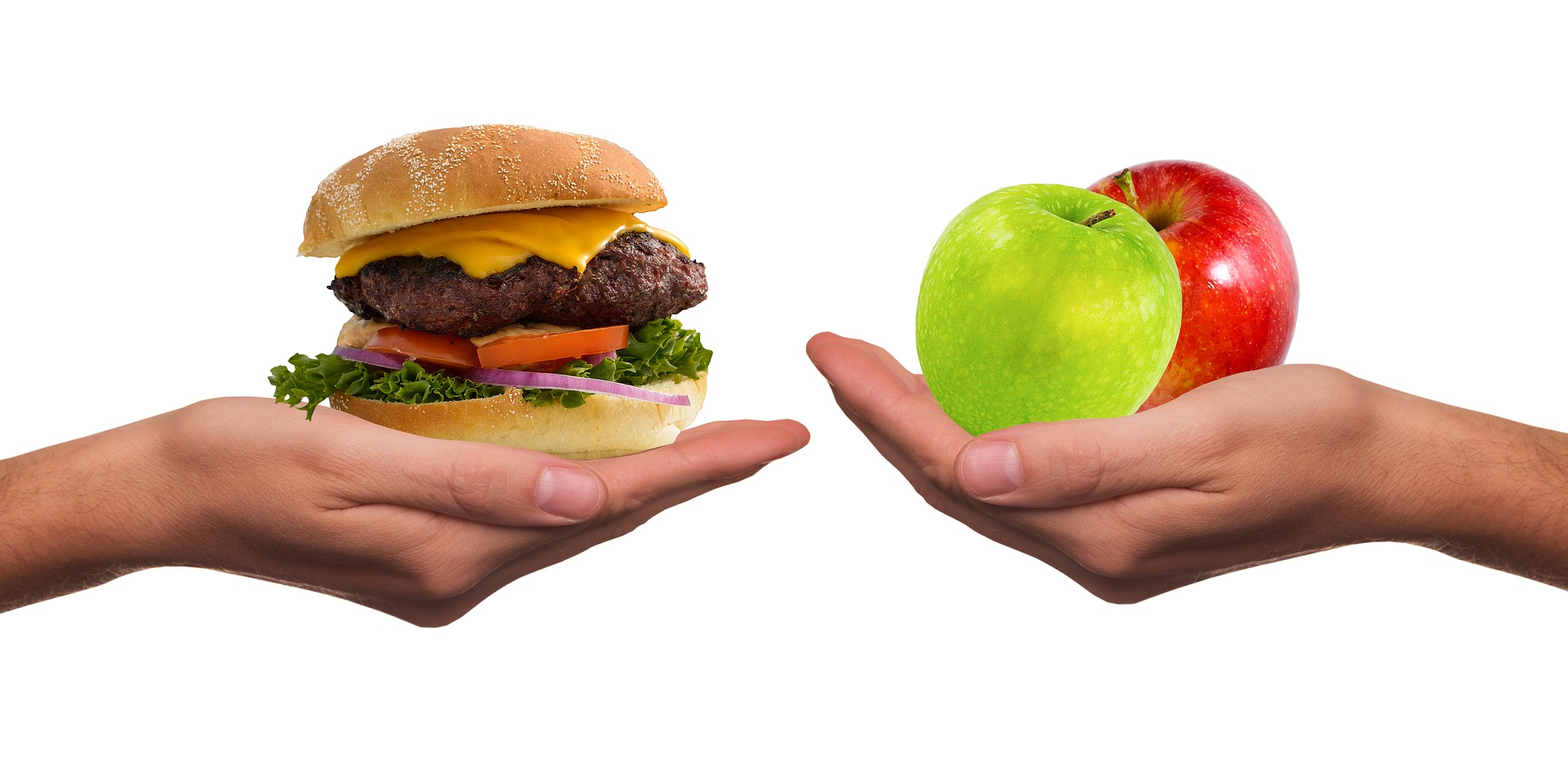A rowing machine is also referred to as an indoor rower. Rowing machines are capable of providing an intense workout to all the main muscle groups in the body. It is a great cardiovascular exercise and provides strength and shape to the body. Working out on rowing machines is quite similar to rowing a boat with the help of an oar.
However, you must use low-impact and smooth rowing patterns in order to prevent injuries while rowing machine workouts. Workout is fun but if not done properly can cause injuries and pain in the body.
5 Rowing Machine Workout Tips Every Fitness Person should know
Here we have listed some rowing machine workout tips that you must know.
1. Slow Down your Rowing Machine Strokes
It is always observed that rowing machine is not used properly by most of the people. People usually tend to apply a greater force for pulling it too far as a result of which their strokes are very short and they try to move back and forth very fast. However, it is always advisable to make longer and slower strokes in order to achieve better precision and make the most out of your workout. Remember the slower the rowing strokes the better they are.
2. Focus more on Legs than from your Arms
People usually hold a perception that rowing machine workouts are more about arm strength rather than the legs but this is not true. Rowing machine workouts are a leg- dominant exercise. We often try hard to pull the machine back with all our arm strength but when we have to come forward on the slide the very first movement must be made with our legs in order to apply all the power of the glutes. It can be even compared with a squat run where you have to use more of the movement of your legs and arms instead of your arm strength.
3. Check your Posture
Posture is one of the main elements of rowing and sitting at a right posture during your rowing machine workouts can make the real difference. Therefore, you must keep in mind the following points in order to get the right posture.
- You must sit in a bolt upright position because you will have to make use of your back for strength during the workout.
- Do not lean too back or forth because this will result in loss of some power.
- You should aim for tall yet slight back sitting posture which will help you maximize your power during the workout and make most of it.
4. Concentrate on your Pulling Techniques
Pulling techniques are the core to your rowing workouts. You might observe a number of pulling techniques used by people around you in the gym but there are several pulling techniques that will make your rowing workout sessions more effective.
- Whenever you pull the handle back with body, the stroke must finish just below your pecs and not somewhere near your sternum.
- Some people might go quite high up as it provides them better split on the screen but this is not a good technique and can result in injury. So, it important to get the right technique to avoid injuries while working out.
5. Make Proper Workout Plans
Most of the people treat rowing workouts as their warm-up exercise and spend a shorter time on the rowing machine which means they try to complete it as fast as possible. However, if you need quick and better results then you must plan your rowing machine workouts properly. A regular workout of 20 minutes on the rowing machine will give you fair results.
You will be able to note the difference and this will also improve your workout techniques. Make a proper workout plan like assigning the workout time, targeting for predetermined speed and distance to be covered within the desired time. This will definitely show quick results.
Conclusion
Working out on rowing machines is quite productive and known for giving quick results if carried out regularly in a proper manner. So, the above-listed rowing machine workout tips will surely help you get quick results and benefits from your workouts. Every fitness person should know these tips.
Read More:






















